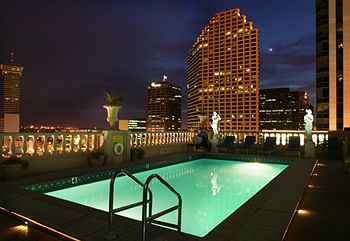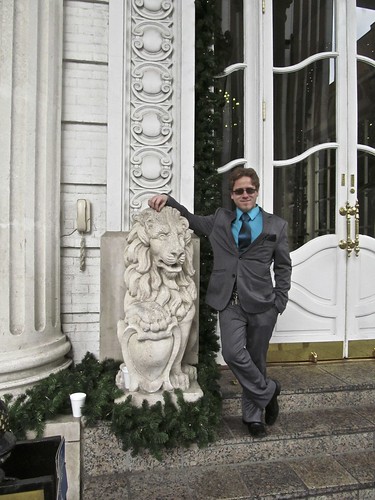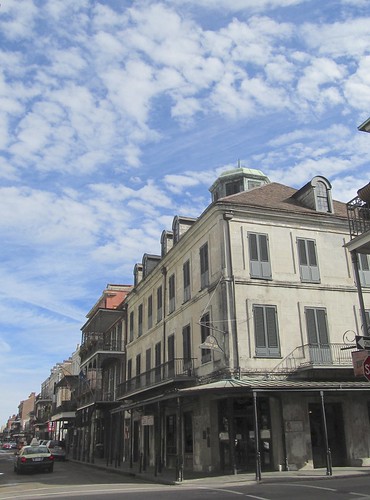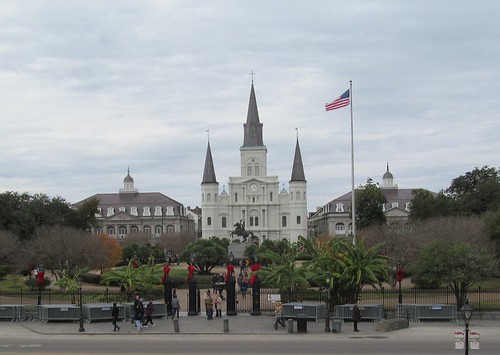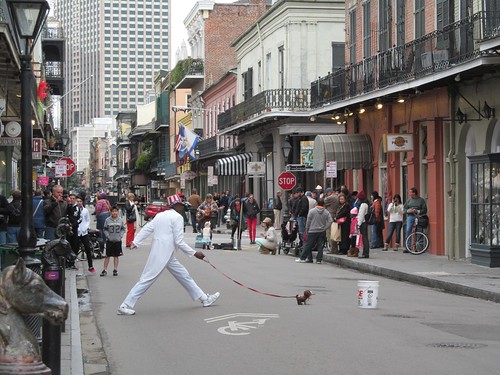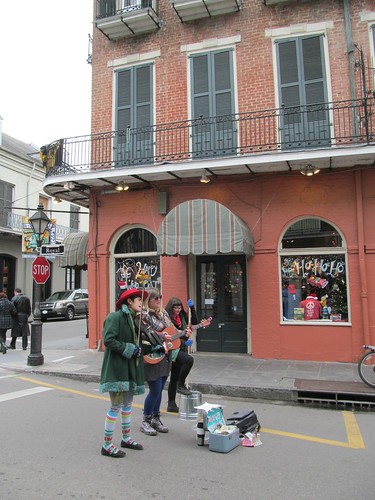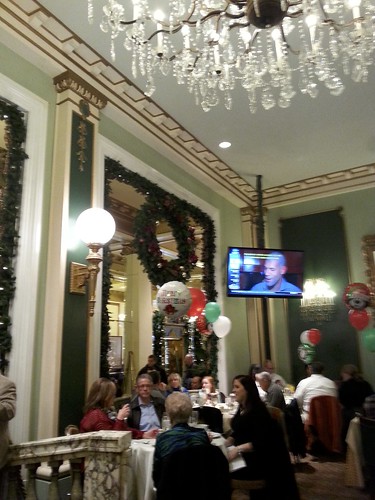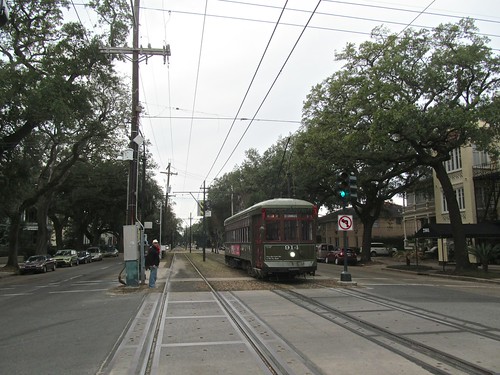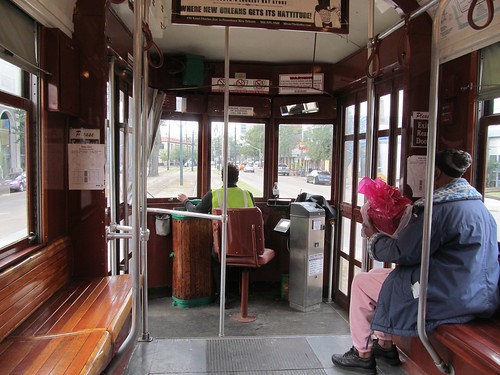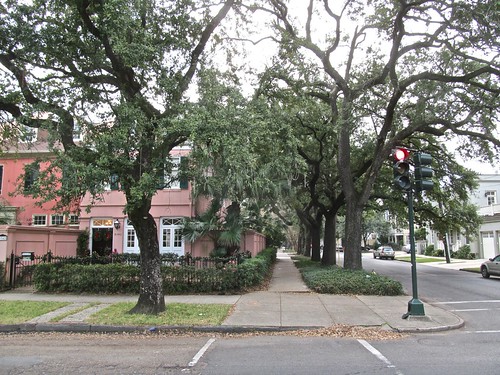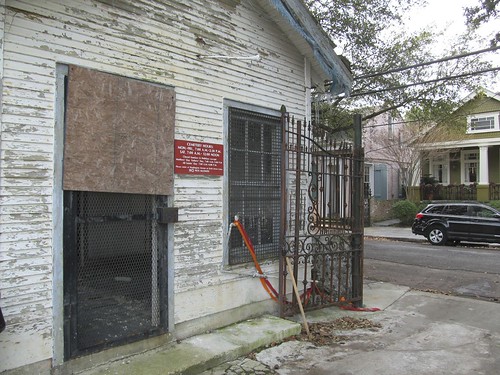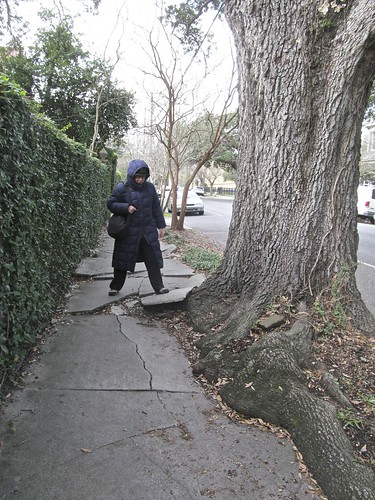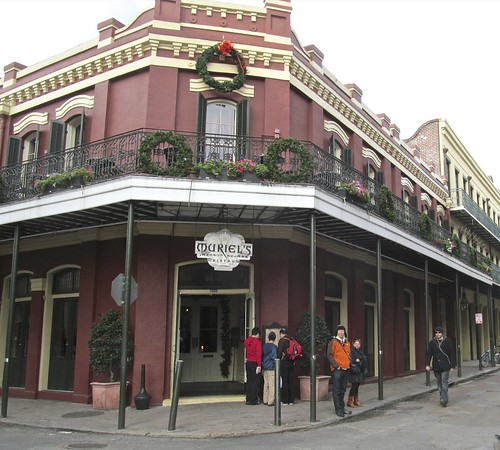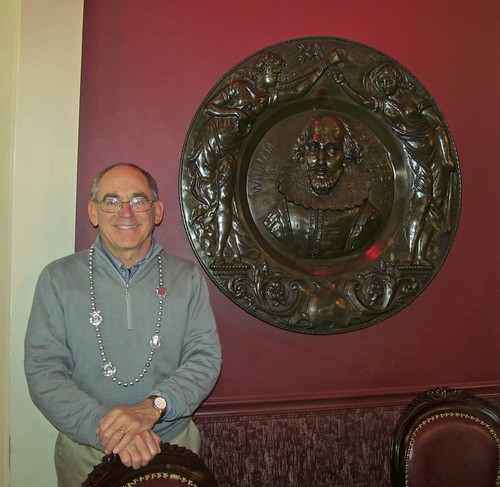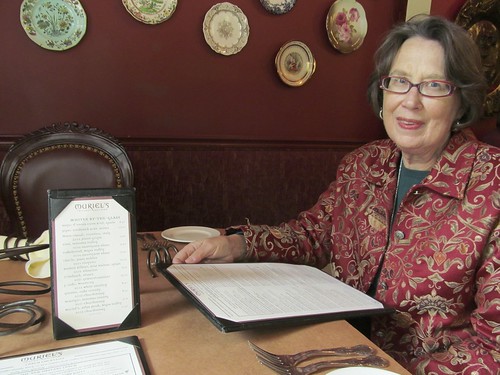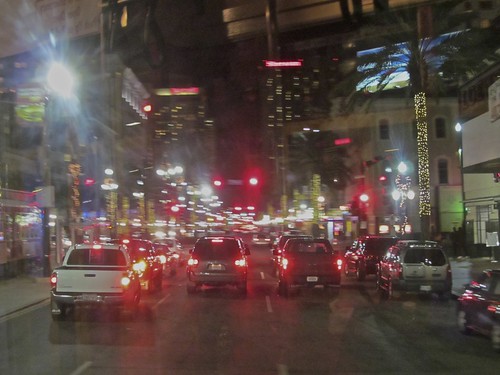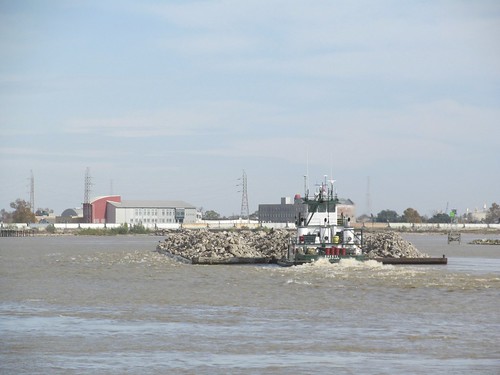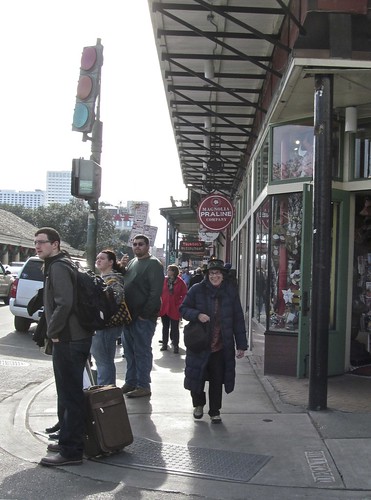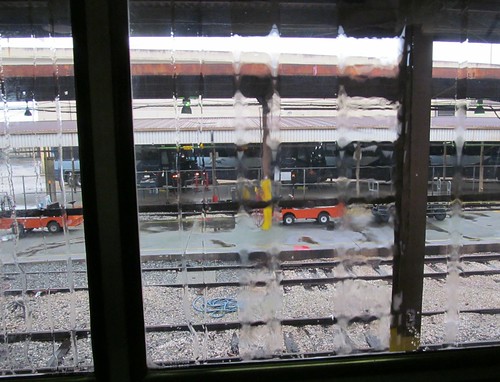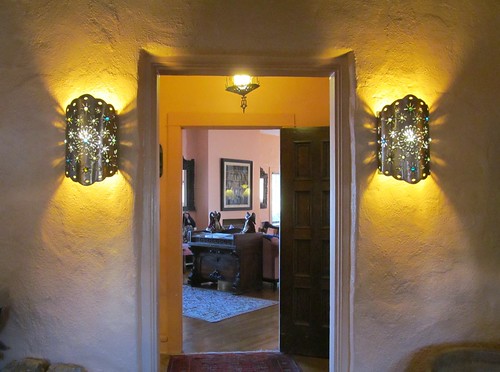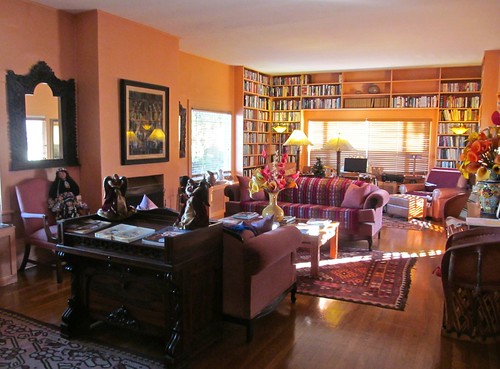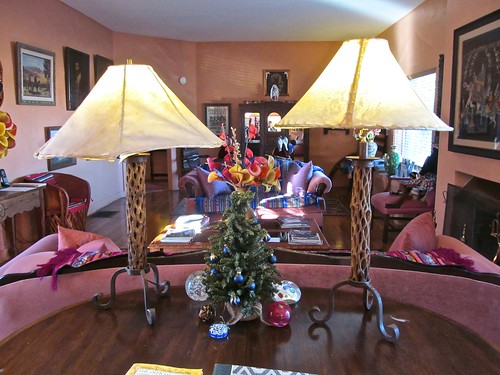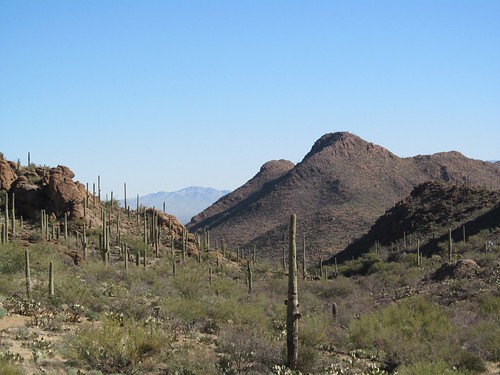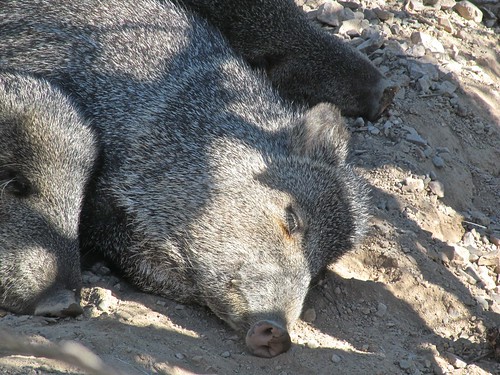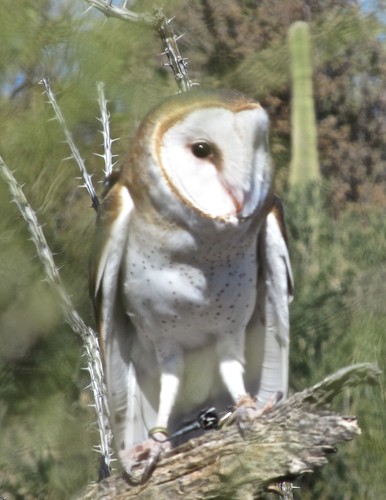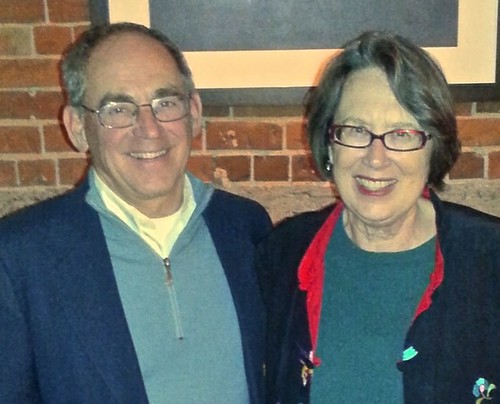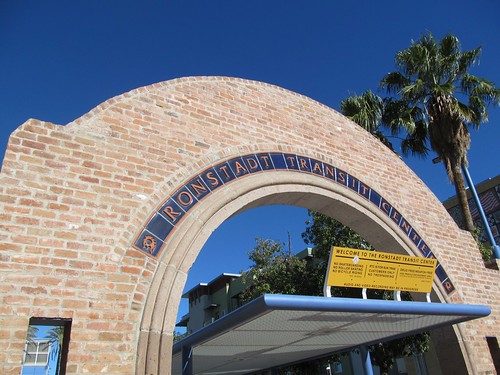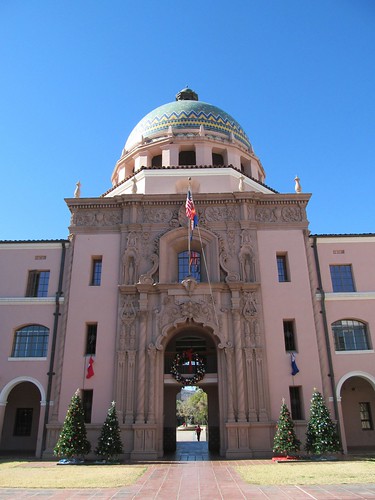The Sunset Limited (1)
Sunday, January 5th, 2014
In early November, as soon as we learned that circumstances beyond our control would provide childcare between Xmas and New Year’s for the twelve-year old grandson in our custody, we gleefully deliberated about where to go. The choice was narrowed by Jan’s still limited mobility after her recent knee replacement surgery and by her growing aversion to the cold. Going abroad was too ambitious for me, and I was drawn by the prospect of a long train trip to the South. New Orleans was praised by several people we knew, and I’ve wanted to return to Tucson with Jan ever since seeing an old college friend there five years ago. We decided to reserve hotel rooms for the six nights out of ten we’d be off the train, and after discovering how much lower prices were outside California, we selected the most appealing rather than the cheapest accommodations in the two cities.
December 22
Our journey begins with the 2pm departure of the Pacific Surfliner originating at the quaint San Luis Obispo Amtrak station, whose newly restored historic facilities draw railroad aficionados from far and wide, and where long-term parking is free.


We stow our suitcases and climb the staircase to the second story of the huge coach, and imperceptibly it eases into motion. It slides alongside the railroad safety bicycle trail that forms the route connecting our daughter and grandson’s house with ours. I relish the organ music of the muted horn at the Orcutt Road crossing, where normally I wait impatiently in the car for the train to pass.

We roll through vistas available only to rail passengers: the Edna Valley Vineyards, the oilfields of Price Canyon, the seaside crop fields in the Arroyo Grande Creek Delta, the private hunting preserves of the freshwater lakes in the Nipomo-Guadalupe Dunes and the endless coastal scrub and missle launches of Vandenberg Air Force Base.


Turning the corner from southerly to easterly travel at Point Conception, we pass people and birds enjoying the sunset at secluded beaches while our juggernaut races along, often mere inches from the edge of the sand cliffs.

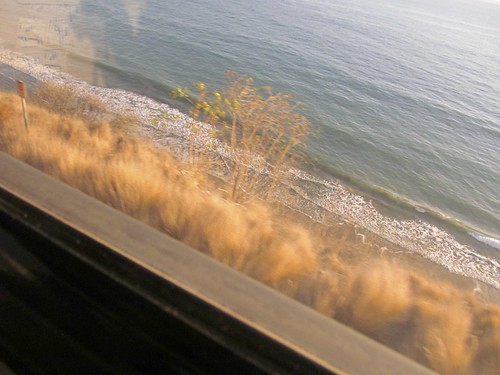
As the light drains from the horizon I’m hypnotized by the sensation of the train’s movement synchronized with the fixed line of the breaking surf.
At 5:30 we arrive on schedule at the platform of L.A.’s Union Station and pull our wheeled suitcases alongside the behemoths rolling in and out of the adjoining quays. An underground passage opens into the central waiting room buzzing with excited travelers–an immaculately restored art deco cathedral rather than the squalid homeless encampment that was feared.

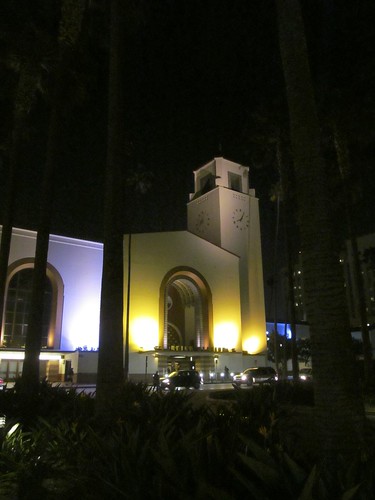
Our sleeper car reservations entitle us to leave our baggage with a welcoming attendant in the Metropolitan Lounge while we wander across the plaza to Olveira Street where the holidays are being celebrated in front of the old Mexican church with a costumed parade.
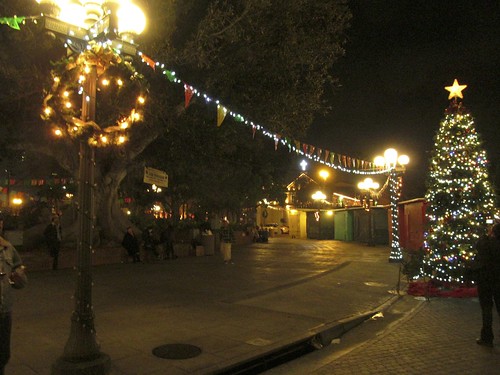
We score a quick spicy dinner served by an ancient abuelita.
Back at the Lounge we’re ferried to the sold-out eastbound train by red caps on carts. Marjorie, the car attendant, informs us that due to an error, we’ve been upgraded from a roomette to a full bedroom with ensuite toilet, sink and shower. Pumped with the excitement of a 9 p.m. departure, we plug in to power up our various devices, push back the seats and climb into our upper and lower berths to read novels and eventually be rocked to sleep swaying through the dark at 100 miles per hour.
I forgot to mention the head cold that gripped Jan the day before we left is getting worse and now I have it too. It seems to be held at bay with Mucinex, Ipubprofen and Naproxen, but I’m resigned to the familiar syndrome of adventure under duress.
Monday December 23
It’s light when we wake up and the Google map on my iphone”never used for travel before, but immediately indispensable”informs me that we are in the desert between Phoenix and Tucson. As the Joshua trees and mesas whiz by the dining car, we eat breakfast at a table with two college girls on their way to the Galapagos with family, happy to accept their old Grandpa as patron and guide.
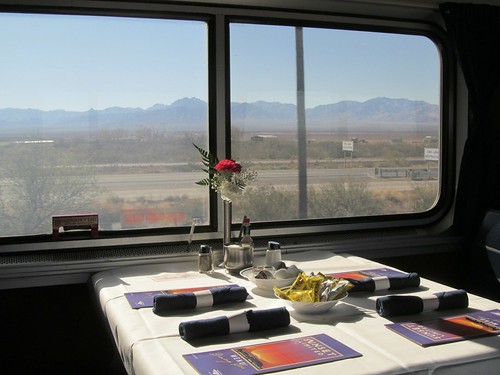
At lunch we sit with a large single man on his way to Chicago for a conference of government health care consultants. His job is to figure out how Obamacare can be extended to indigents for whom it makes no provision.

Crossing the desert is a good occasion to read a lengthy new book entitled The Bible in Shakespeare that I was invited to review by Renaissance Quarterly. It’s billed by the author as the first “full length critical study” of the subject, implicitly dismissing my book, Shakespeare and the Bible, also published by Oxford University Press thirteen years ago. The book is well written and exhibits a vast knowledge of 16th century religious culture that I could never approach. But its scope seems disappointingly limited to tracing thousands of allusions without venturing into interpretations that could aid understanding and production of Shakespeare’s plays. I find little in it about how Shakespeare responded to some of the Bible’s distinctive larger literary features, especially the framing of a narrative whose main character is also its author.
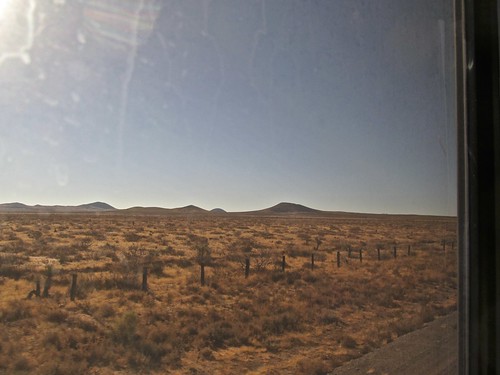
A hundred fifty pages or so into the desert, I glance up from the book and find myself face to face with a dense array of shacks tucked into some barren hills fronting the railroad tracks.
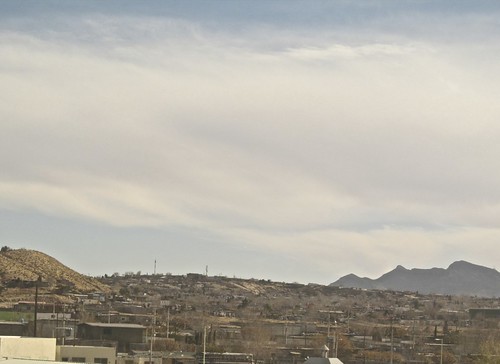
I’ve never seen a cityscape like this in the USA, but I flash on the communities of homemade houses we visited a year ago in Peru. This must be Mexico. As the favela disappears behind a curve in the tracks, I see a white pickup labeled Border Patrol, and around the next curve, a parched river. It must be the Rio Grande.

The train pulls slowly into El Paso, a modern American metropolis on the left bank of the River, then lurches and stops. A few minutes later on the platform, I hear the conductor with a Latino accent telling another passenger that two homeless men with dogs”Americans–crossed the track right in front of the train. They also talk of how Juarez, the city on the Mexican side of the river, has experienced 70 murders in the last month, 1200 in the last year, and those are only the ones reported.
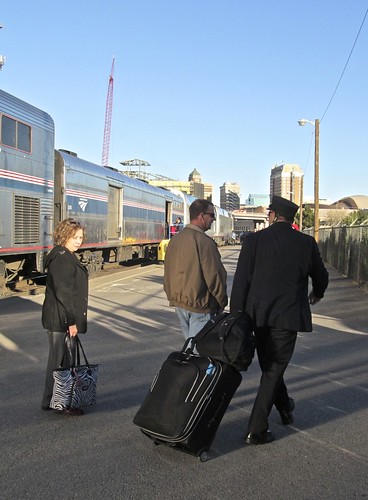
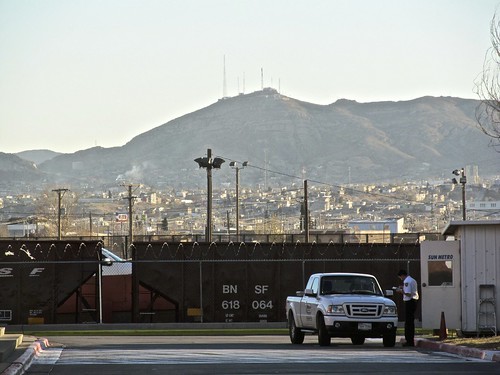
Though sadly empty on the inside, the El Paso Amtrak station is a beautifully restored early 20th century monument.
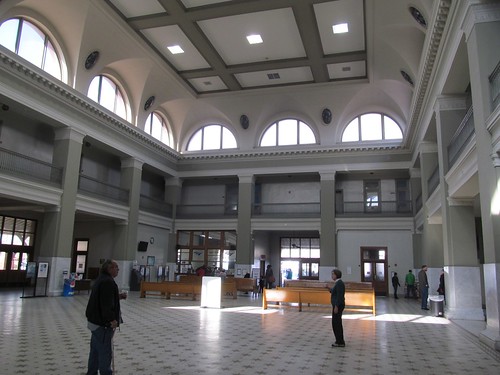

I imagine someday traveling around the country to enjoy the classic routes, trains and stations.
We share dinner with a couple traveling to Pittsburgh to see one of their daughters”he a Pentecostal preacher, banker and bank janitor. He’s had assignments in different parts of the country every three years.
Both of our colds are worse, but we’re helped to sleep the second night on the train by Benedryl and a little bit of Scotch.
Tuesday December 24
I’m awake for Christmas Eve sunrise above middle Texas. The desert has given way to oak savannah, an inviting landscape of rolling hills, grassland and sculpted trees. Coming from the driest year in San Luis Obispo’s history, I envy its green fertility.
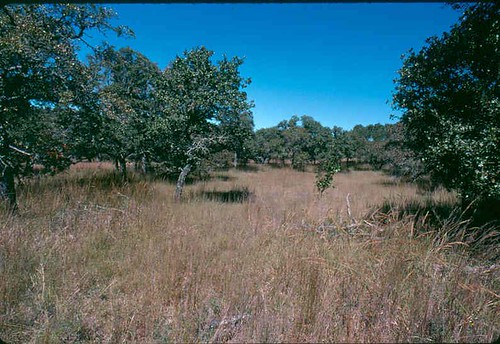
We have breakfast in the dining car with Katharine, a young writer of blogs for law offices. Her enthusiastic manner, pattern of speech and build remind us of our recently departed friend Patricia. Katharine moved to New Orleans (NOLA) with her husband for the music and loves it there, part of the new generation’s influx since Katrina. She writes us a list of restaurants we must try.
In Houston, I get off and walk the platform, since the train station in this proud and prosperous city is little more than a shack.

Attached to our rear end, I find two private cars used for corporate parties that we’ve been towing since El Paso.

At the front, I admire the massive engine and wheels.
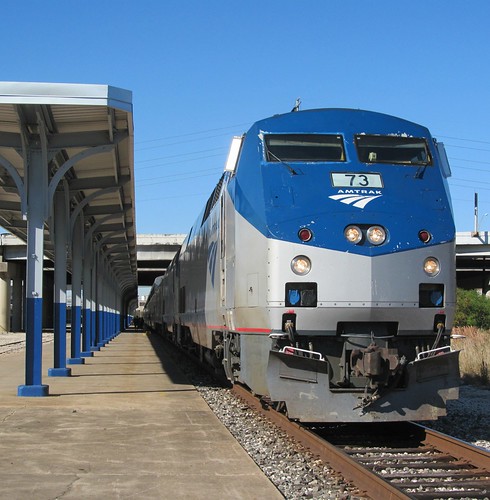
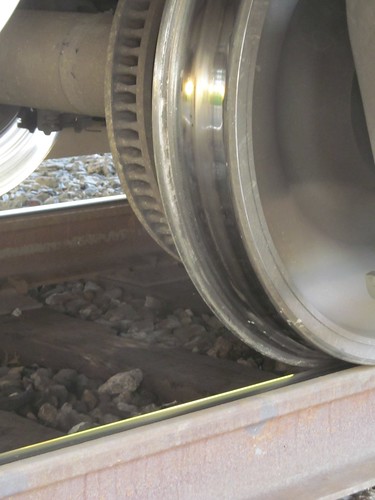
Houston is not far from the Gulf Coast, and after departure we cruise through bayou and rice fields alternating with scary chemical plant complexes.
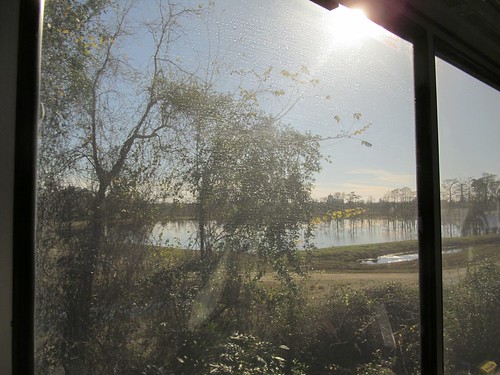

At lunch with a single mother and her irrepressible seven-year old daughter, we are told cryptically that the refugees from New Orleans displaced by Katrina now in Houston have created a painful situation that no one wants to discuss..
After Merry Christmas wishes by phone from both our children, I feel a little displaced myself on this night, away from them and approaching a strange city in the dark. I use my miraculous new portable speaker to fill our compartment with the music of Bach’s Christmas Oratorio stored on my laptop, and the touch of forlornness disappears.
The lights of New Orleans appear in the distance during our traverse of the 25 mile Huey P. Long elevated viaduct. Crossing the Mississippi, we’re greeted by fireworks.
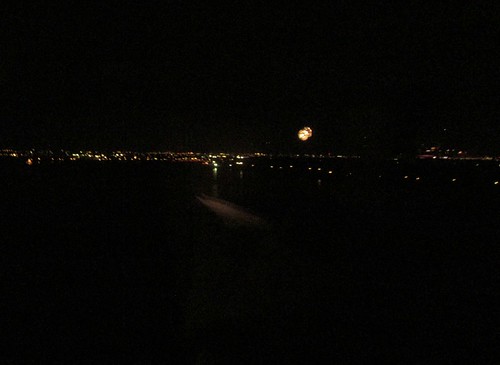
Our hotel, Le Pavillon, feels like a square-block Christmas decoration from the ancien regime: statues and pillars at the entrance, chandeliers in the lobby, every surface minutely decorated and fitting into pattern within baroque pattern, original paintings lining the hallways, exquisite room furnishings lovingly coordinated.
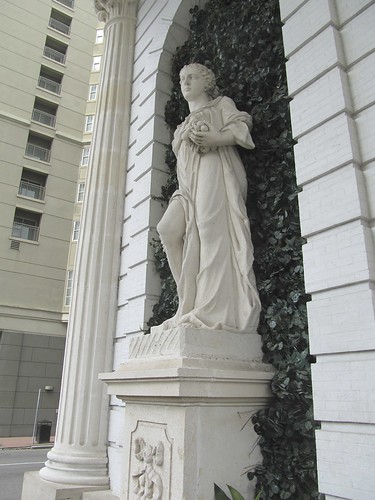


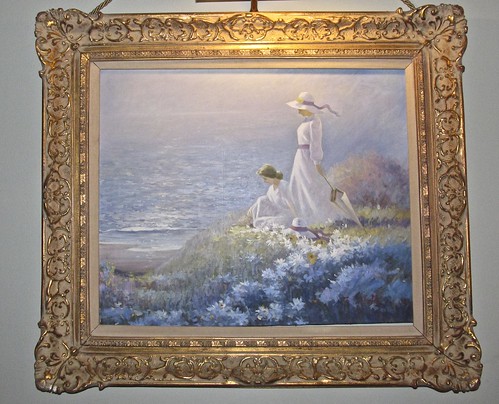



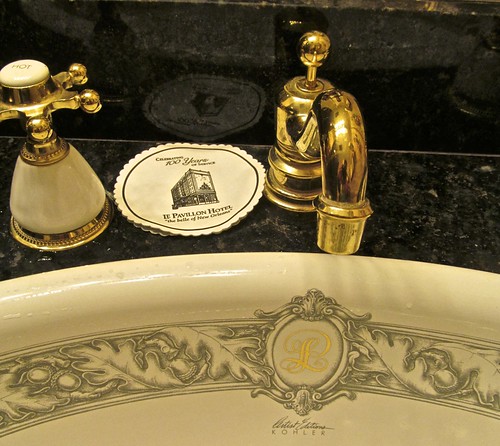
There’s also a swimming pool on the roof that I must try out despite my sinus congestion.
I’m tempted to wear only a swimsuit and the lush monogrammed bathrobe hanging in the closet, but I don’t dare appear like that in the hall. Yet waiting for the elevator on my floor on their way to the hot tub I see two young people in bathrobes making faces in the mirror. I swim a few short laps under stars and towering skyscrapers, then join them in the Jacuzzi. In New Orleans on holiday from Memphis, they don’t look or sound Tennessean. The only people I know who reside within 500 miles of this place are academic transplants–the family of an English Professor at a small college in Memphis who recently alerted me to the publication of the book I was reading on the train. Yes K. and P. are close friends with them and he teaches Philosophy at the same college. Hearing about my recent commitment to regular swimming and lessons inspired by our grandson’s daily practices with the San Luis Obispo Seahawks, she enthusiastically recommends a new book called Swimming Studies which celebrates the sport and unique pools around the world.
Back in our room, I report the coincidence to Jan. She is opening a bottle of wine she’s brought along from San Luis Obispo. The label pictures a famous palace and the appellation “Downton Abbey.”

